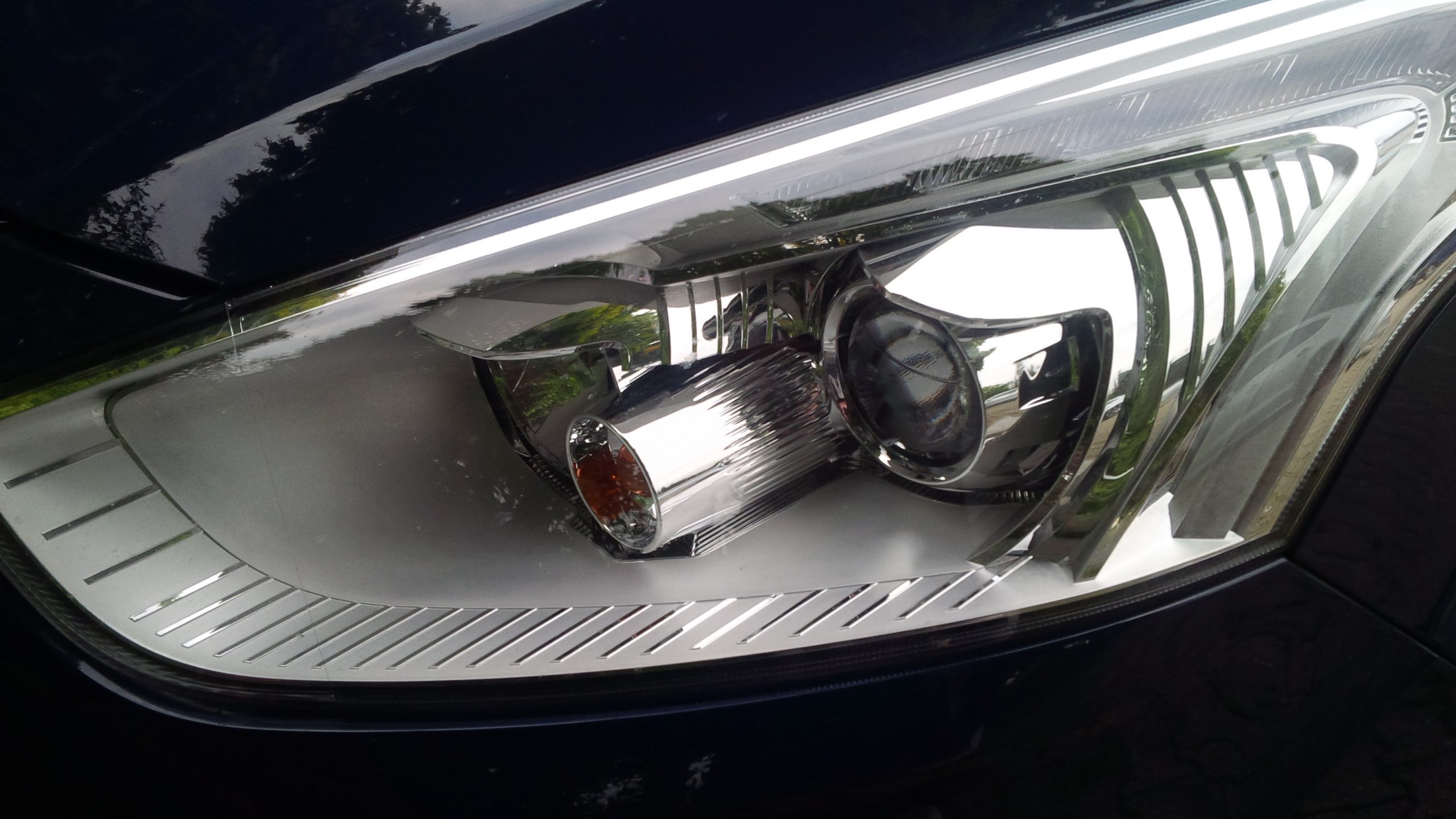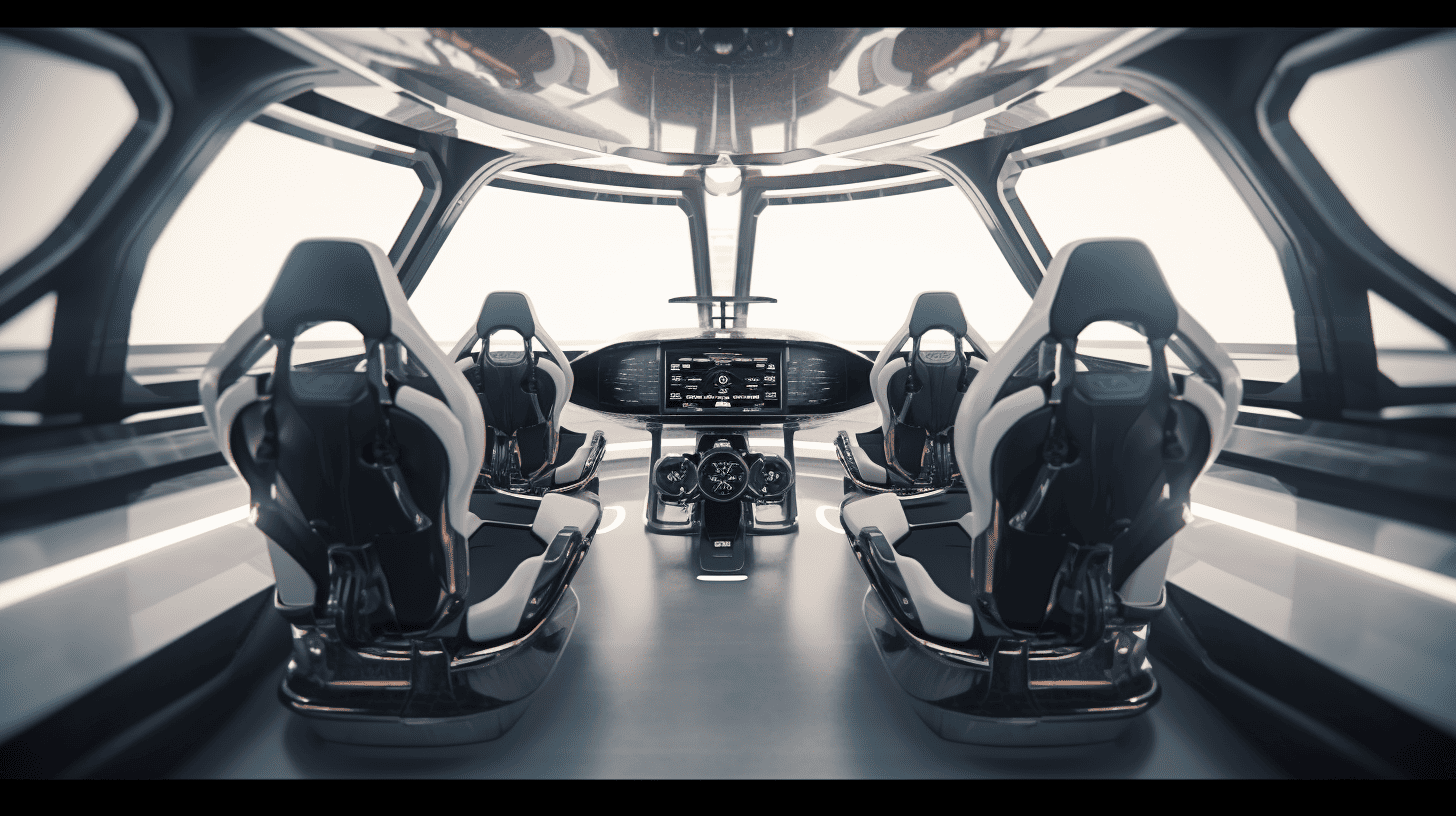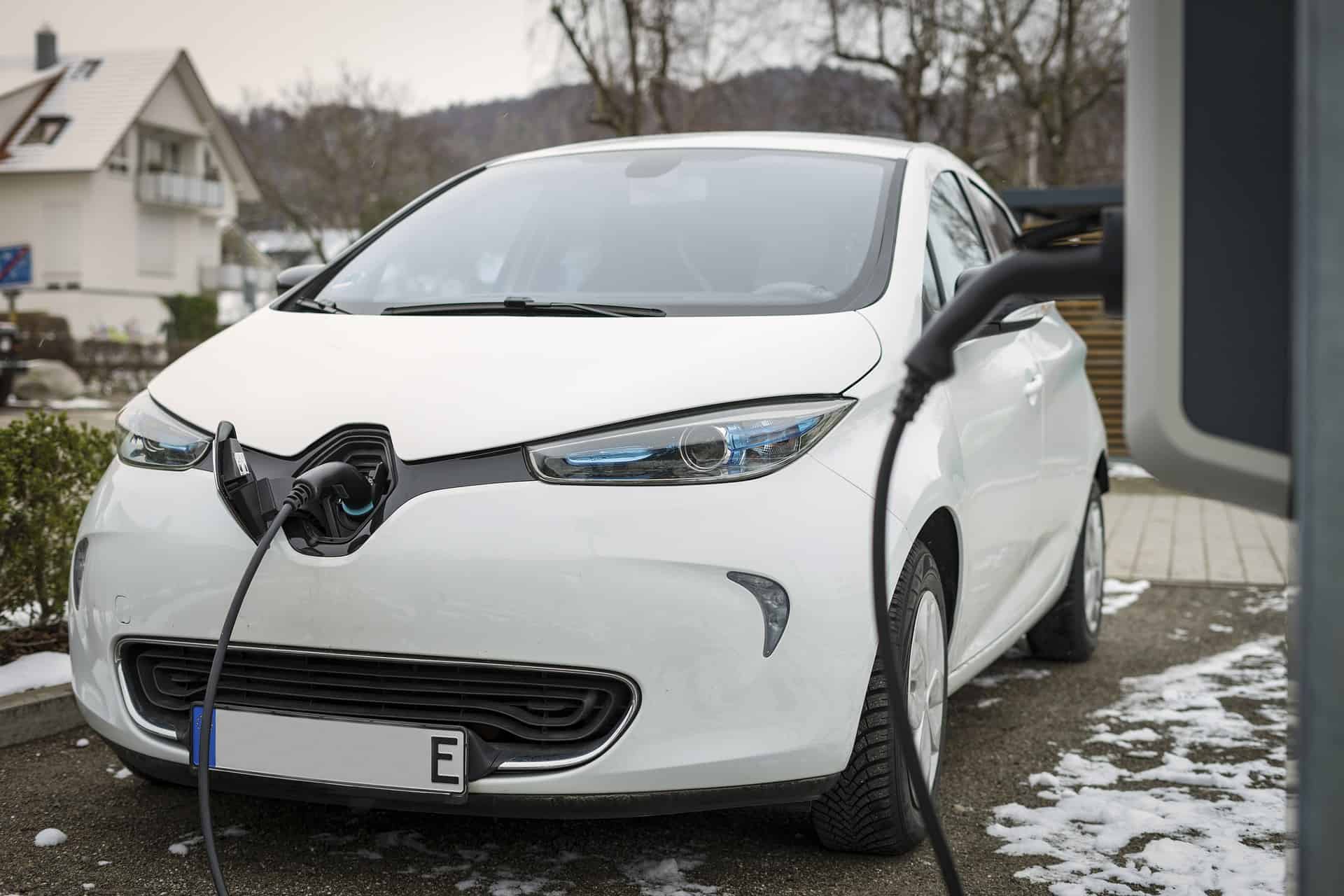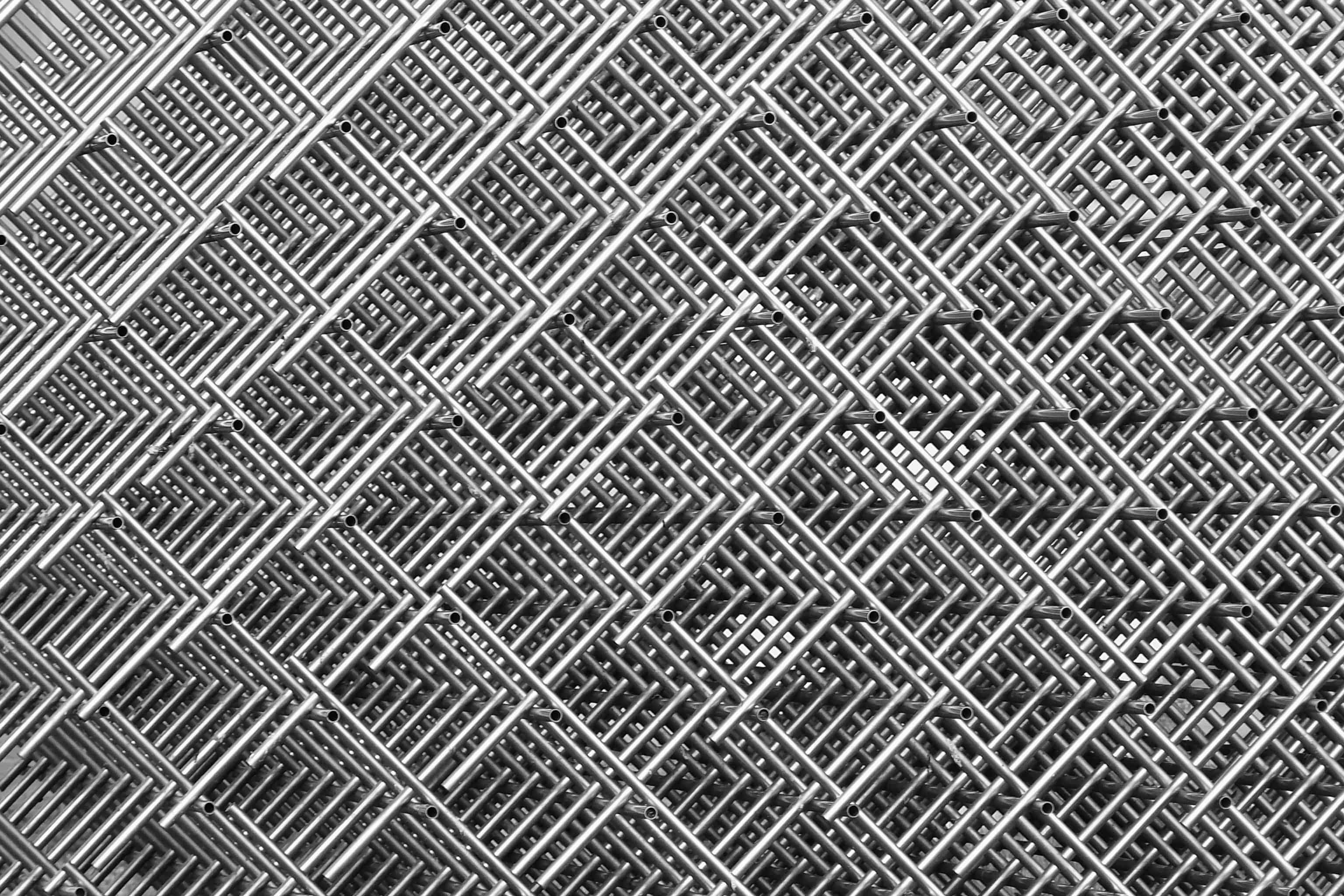
Speed alerts, collision warnings and safety check systems, parking sensors, lane-changing support, pedestrian and cyclist detection, and so on and so forth. Modern cars are crammed with sensors designed to make driving safer and more comfortable. And there are more on the way. Especially when it comes to self-driving cars, the number of sensor systems continues to increase. However, the places where these kinds of systems can be installed are still the same. Therefore, new solutions are needed in order to be able to integrate all these different types of sensors.
Within the framework of the recently completed ‘RadarGlass’ project, the Fraunhofer Institute for Organic Electronics, Electron Beam and Plasma Technology FEP, together with its partners, have now developed radar sensors that can be integrated into the front headlights of a car. This provides them with protection against interference from snow, ice, and rain. Nor is the exterior bodywork of a vehicle adversely affected. This means that designers of future generations of cars will not have to worry about where they can install additional sensor units on a vehicle.
Headlamp is still a headlamp
Initially, the scientists studied how radar waves can be controlled using low-loss technology while at the same time not impairing headlight function. To do this, they developed a thin transparent functional coating for a unit fitted inside the headlamp. This coating enables the radar beams to be shaped and guided in a targeted manner. The coating is capable of manipulating the beam dispersion in different ways depending on the type of application. “In order to detect and recognize pedestrians, for example, the radar beams are directed to the side,” the scientists explain. The shape of the beam can be adjusted to cover either close or distant ranges, just like an eye. For the radar beams to be guided and shaped, small areas of the coating have to be precisely sculpted with a laser so that they can act as propagation antennas for the radar waves.
“As part of the project, we have developed a thin-film system that is almost transparent in the visible spectrum, which can form high-frequency waves by using a special pattern structure. ” Dr. Manuela Junghähnel, the project manager at the Fraunhofer FEP., goes on to explain: “The manufacturing process has been optimized to such an extent that the coating doesn’t affect the color of the light and withstands temperatures between -30°C and +120°C.”
According to the researchers, a long-range demonstrator has been designed to “allow the radar to be focused in a narrow beam in the direction of travel with a directional power gain of 100 fold (beam width 5° / antenna gain 20 dBi). ” Potentially, obstacles up to a distance of 300 m can be detected this way.
Wide variety of potential applications
In addition to potential applications in the automotive and automotive supply industry, the developers of the new system are also seeking licensing agreements and collaborative projects with industry. This should enable the radar sensors to go into series production. The scientists are also expecting ‘various incentives’ to eventuate from the ongoing development trend in autonomous vehicles.
Not only the Fraunhofer FEP, but also the Institute for High Frequency Technology at RWTH Aachen University and the Fraunhofer Institute for Laser Technology ILT are involved in the RadarGlass project. In this project, experts from the Institute for High-Frequency Technology at RWTH Aachen University have simulated the antenna configuration and verified it with measurements in the 76 GHz – 81 GHz band to determine the applicability and performance of the radar reflector. The researchers at the Fraunhofer ILT developed a high-precision laser ablation process for etching the structure into the coating for the antenna elements.
The project was funded by the German Federal Ministry of Education and Research BMBF.







